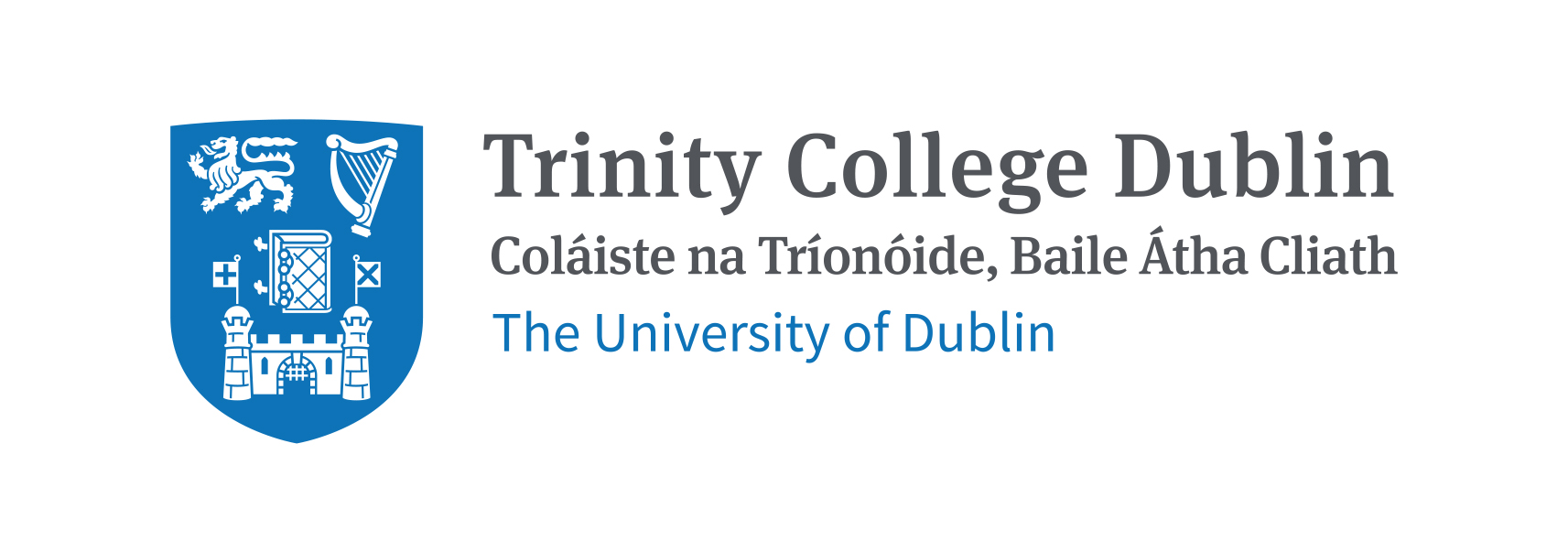A biographical dictionary of the membership of the Irish House of Commons 1640-1641
Citation:
Brid McGrath, 'A biographical dictionary of the membership of the Irish House of Commons 1640-1641', [thesis], Trinity College (Dublin, Ireland). Department of History, 1998, pp 329, pp 227Download Item:
Abstract:
This thesis examines the membership of the 1640 Irish House of Commons up to November 1641. It identifies 288 men who were members of the House at that time, matches them to their constituencies, where appropriate, and provides biographical information on each of them. It provides similar information on three other men who were returned to the house but either did not take their seats, or the date of whose return remains unknown.
Methodology: The methodology involved drawing up the most comprehensive list of m.p.s that was possible, consulting a wide range of published and unpublished sources (genealogical material, educational records, property transactions, collections of letters and papers, parliamentary records and other materials (e.g. the Depositions)) to locate as much information as possible about each m.p. This information was collated into a biographical sketch of each member and also analysed under a variety of headings (ethnic origins, age and place in family, education, previous parliamentary experience and local connections) to provide composite information about the members. The appendix also includes an analysis of Irish parliamentary representation between 1560 and 1640, broken down by constituency, showing the way that representation changed in each area.
Findings: The major findings of the thesis lie in the information collected on each member, which combine to form a picture of the Irish political community on the eve of the outbreak of the 1641 rebellion. It was possible to establish the identities of 96.9% of the members and the families of all of the others. This compares well with an earlier study of the 1613 Commons, in which two (0.8%) m.p.s remained unidentified and 8 others (3%) for whom information was available on their families only. It also provides some analysis of the groupings within the parliament e.g. the administration’s clients and supporters, groups of m.p.s of Scottish or Gaelic origin, and groupings associated with other significant figures (e.g. the earl of Cork, Sir William Parsons and the Loftuses). Finally, it was also possible to identify for the first time the constituencies for which a number of prominent m.p.s sat. Most significantly, these included Patrick Darcy, whose return indicates the extraordinary extent of co-operation between the new English and old English / Gaelic political communities in early 1641. The study confirms the strong cohesion of the old English community and its growing closeness to the prominent Gaelic families, and also the developing and heterogeneous local protestant communities throughout Ireland, a phenomenon suggested also by the contents of the Depositions. The study shows high levels of local integration of the m.p.s and a surprisingly high level in the case of the protestants. An overwhelming 91.7% of catholic county members had two or more local connections (property /residence, family connections or local office) and 82.9% of the catholic burgesses had at least two local ties, compared with 91.3% of protestant county members and 42.4% of protestant burgesses.
Author: McGrath, Brid
Advisor:
Clarke, AidanQualification name:
Doctor of Philosophy (Ph.D.)Publisher:
Trinity College (Dublin, Ireland). Department of HistoryNote:
TARA (Trinity’s Access to Research Archive) has a robust takedown policy. Please contact us if you have any concerns: rssadmin@tcd.ieType of material:
thesisAvailability:
Full text availableKeywords:
History, Ph.D., Ph.D. Trinity College DublinLicences:





